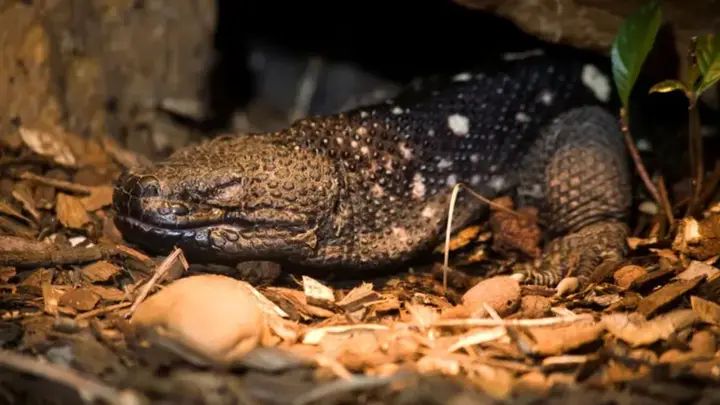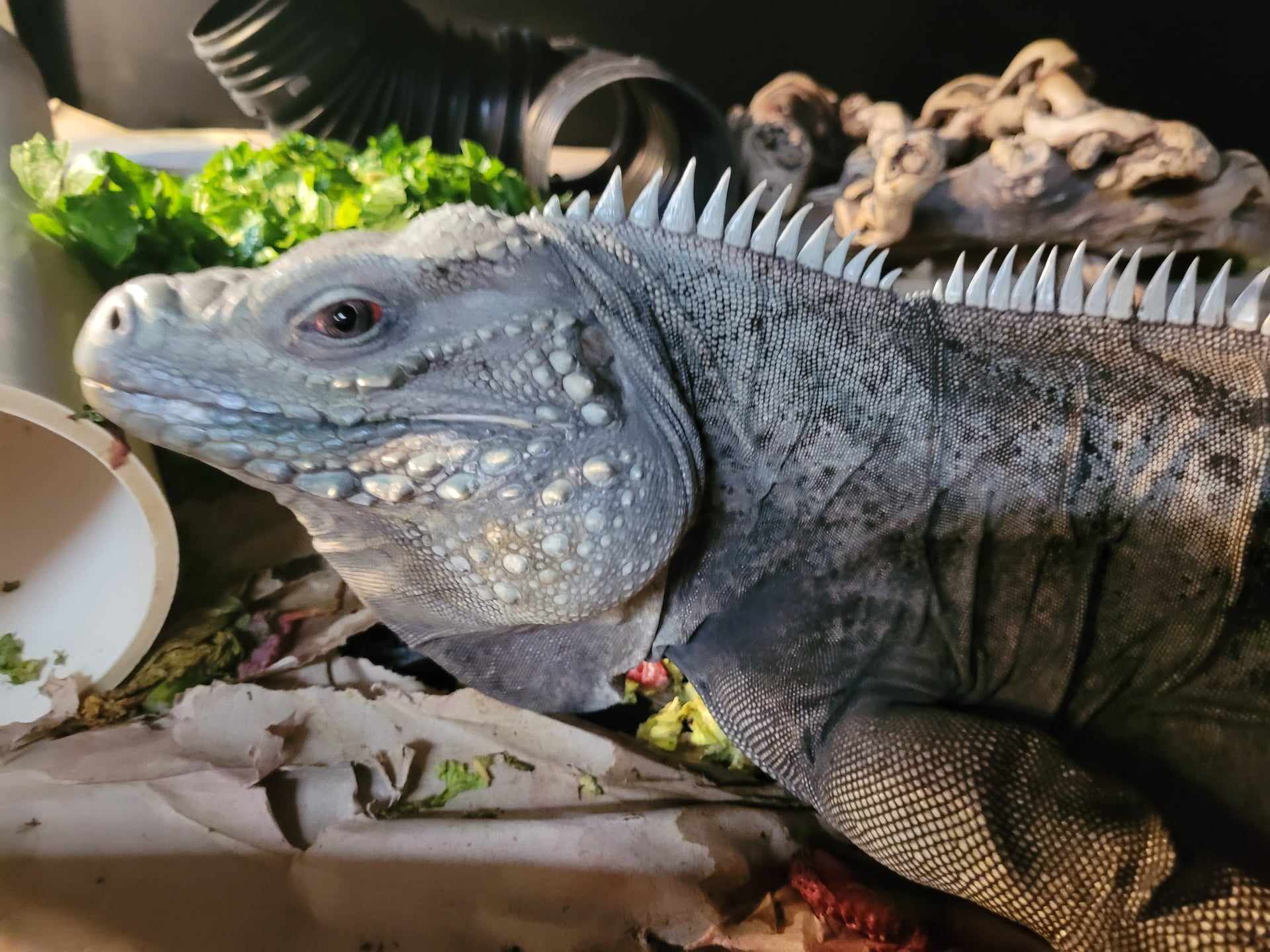Credit: Francisco Farriols Sarabia via Wikimedia Commons
While studying lizard skulls at the National Dinosaur Monument in North Dakota, Dalton Meyer discovered a new species of fossilized Gecko. While inspecting a pair of skulls of previously labeled as European skink ancestors, the use of 3D imaging proved one to be exactly that, however the other emerged to be a gecko type of animal closely resembling the banded gecko common to the US.
What caught my attention the most about the story other than the fact that it was basically about dinosaur geckos (and please click through to the story at the end to read everything) was this part!
In naming the new species, Meyer chose “helioscopus,” which roughly translates into “sun watcher,” and “dickersonae,” which honors his grandmother, Helen Dickerson, his great aunt, Shirley Dickerson, and Mary Cynthia Dickerson (no relation), who was the first curator of herpetology at the American Museum of Natural History in New York City.
“Both my grandmother and great aunt were extremely important people in my life, and my great aunt passed away while I was in the early stages of working on this fossil,” Meyer says. “I was truly honored to have a chance to get to use their family name in this new species, in part as a memorial that will now persist long after I am gone.”
If you remember my first presentation to the International Herpetological Symposium, you know why! To read the full story, and I strongly suggest you do, click here to visit futurity.org. …read more
Read more here: King Snake
-med.jpg)















-med.jpg)










